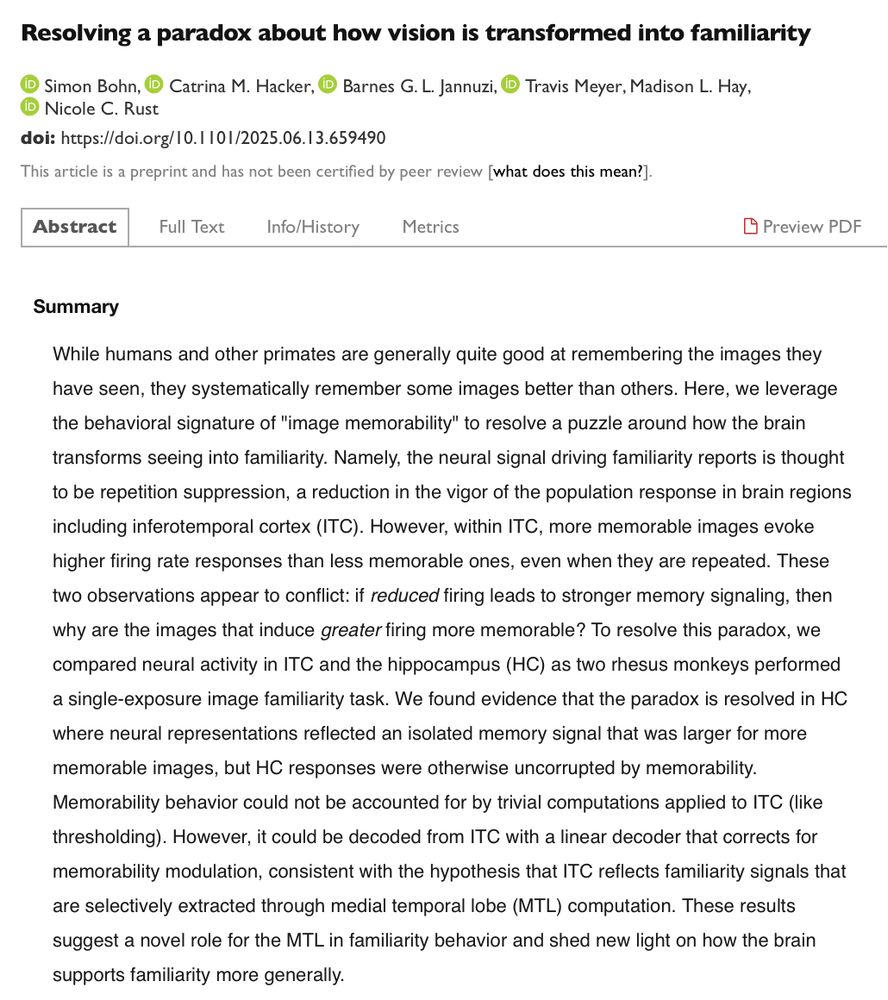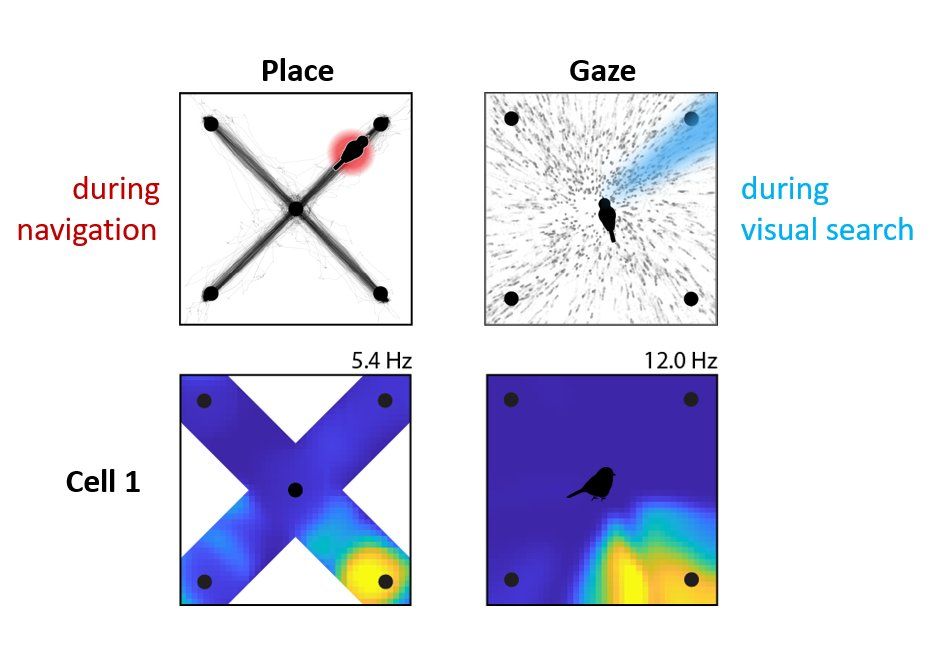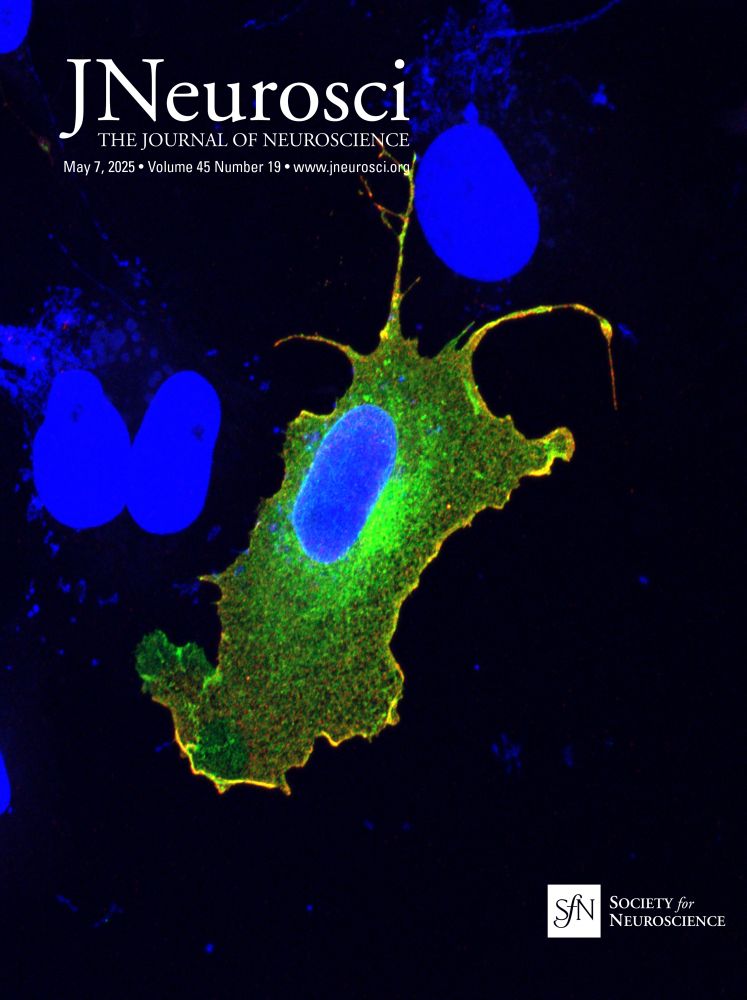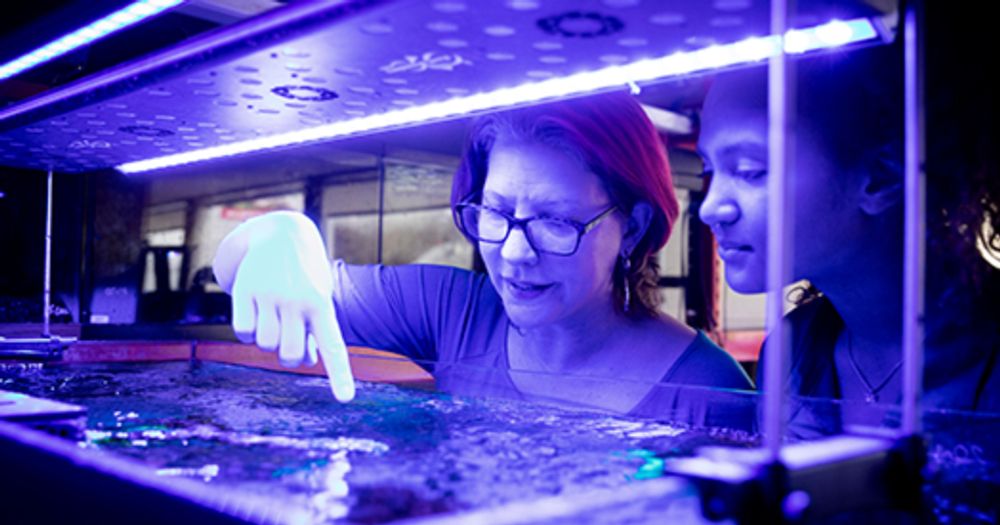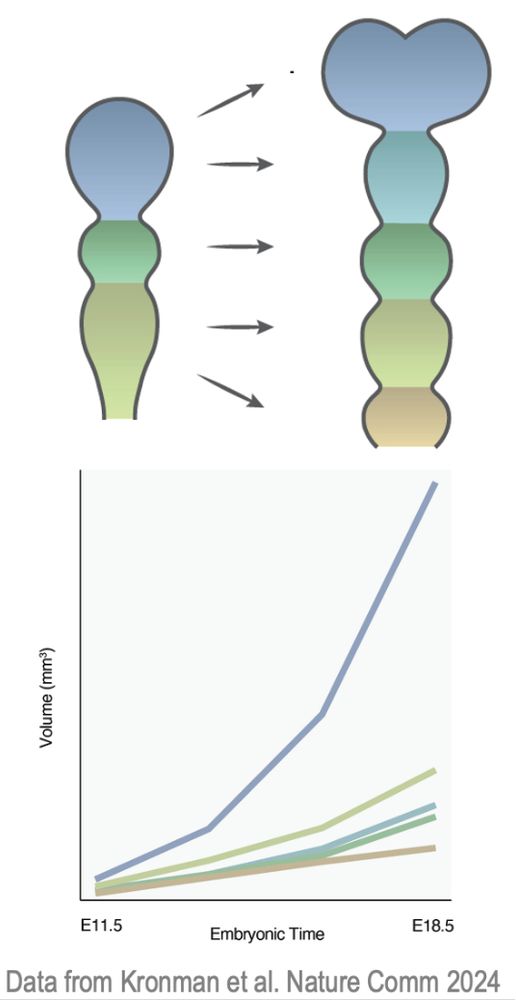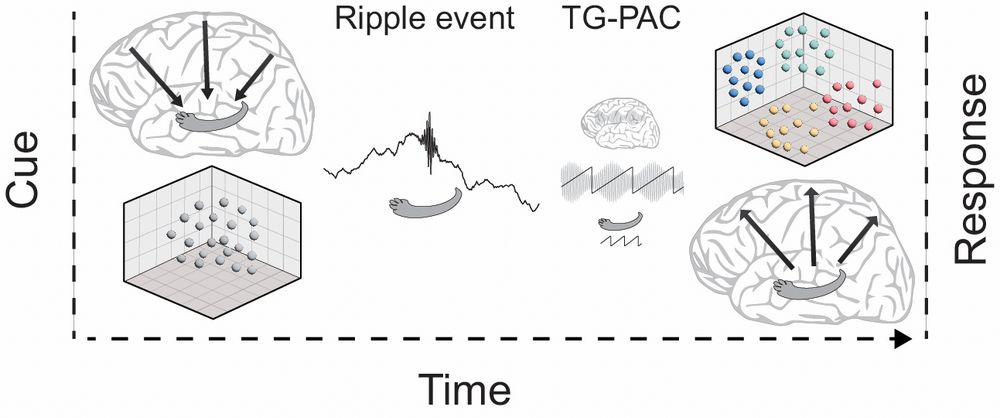Catrina Hacker
@catrinahacker.bsky.social
360 followers
420 following
14 posts
Neuroscience PhD candidate at the University of Pennsylvania and sci-comm enthusiast interested in brains 🧠 and models of them 💻.
Website: catrinahacker.com
Posts
Media
Videos
Starter Packs
Reposted by Catrina Hacker
Reposted by Catrina Hacker
Reposted by Catrina Hacker
Marlene Cohen
@marlenecohen.bsky.social
· Aug 15

Guided by Noise: Correlated Variability Channels Task-Relevant Information in Sensory Neurons
Shared trial-to-trial variability across sensory neurons is reliably reduced when perceptual performance improves, yet this variability is low-dimensional, so it could be ignored by an optimal readout...
www.biorxiv.org
Catrina Hacker
@catrinahacker.bsky.social
· Aug 13
Reposted by Catrina Hacker
Reposted by Catrina Hacker
Reposted by Catrina Hacker
Reposted by Catrina Hacker
Reposted by Catrina Hacker
Grace Lindsay
@neurograce.bsky.social
· May 25
Reposted by Catrina Hacker
micha heilbron
@mheilbron.bsky.social
· May 23

Higher-level spatial prediction in natural vision across mouse visual cortex
Theories of predictive processing propose that sensory systems constantly predict incoming signals, based on spatial and temporal context. However, evidence for prediction in sensory cortex largely co...
www.biorxiv.org
Catrina Hacker
@catrinahacker.bsky.social
· May 21
Reposted by Catrina Hacker
Sam Gershman
@gershbrain.bsky.social
· May 19
Reposted by Catrina Hacker
Paul Frankland
@franklandlab.bsky.social
· May 14
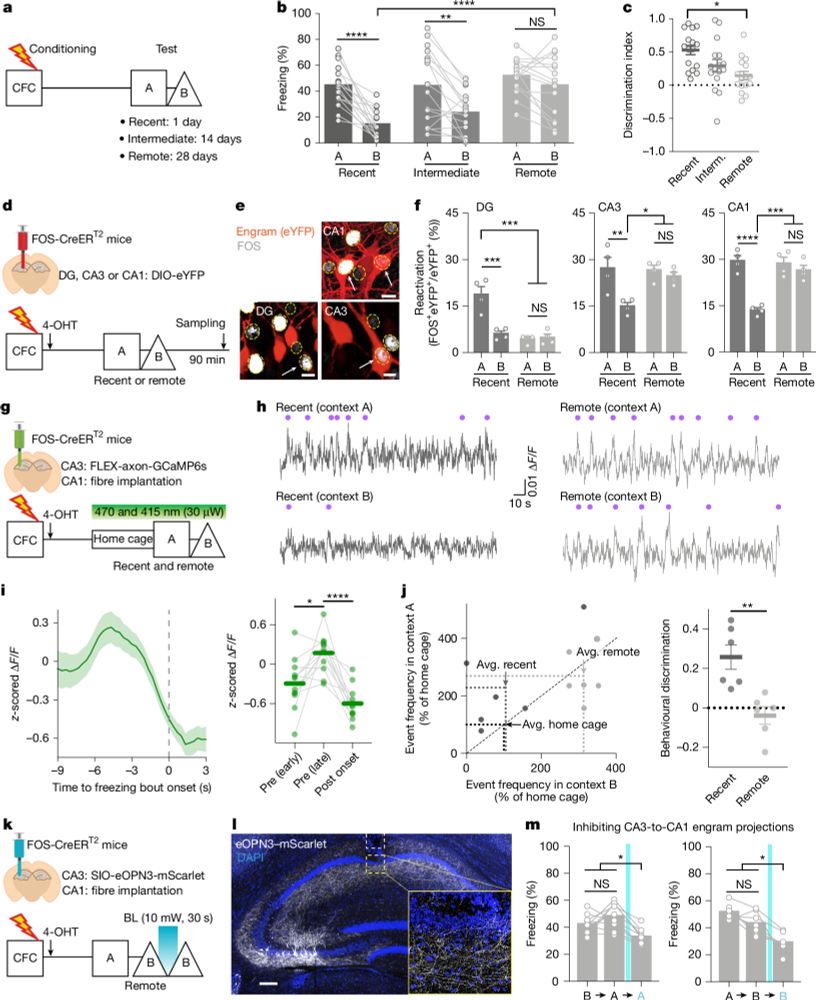
Systems consolidation reorganizes hippocampal engram circuitry
Nature - A study shows that loss of memory precision associated with systems consolidation can be explained by neurogenesis-dependent reorganization of engram circuitry within the hippocampus over...
rdcu.be
Reposted by Catrina Hacker
Reposted by Catrina Hacker
Sam Gershman
@gershbrain.bsky.social
· May 7

Neural and behavioral signatures of policy compression in cognitive control
Making context-dependent decisions incurs cognitive costs. Cognitive control studies have investigated the nature of such costs from both computational and neural perspectives. In this paper, we offer...
www.biorxiv.org
Reposted by Catrina Hacker
Reposted by Catrina Hacker
Seth Blackshaw
@sethblackshaw.bsky.social
· Apr 29

Heterochronic transcription factor expression drives cone-dominant retina development in 13-lined ground squirrels.
Evolutionary adaptation to diurnal vision in ground squirrels has led to the development of a cone-dominant retina, in stark contrast to the rod-dominant retinas of most mammals. The molecular mechani...
www.biorxiv.org
Reposted by Catrina Hacker





